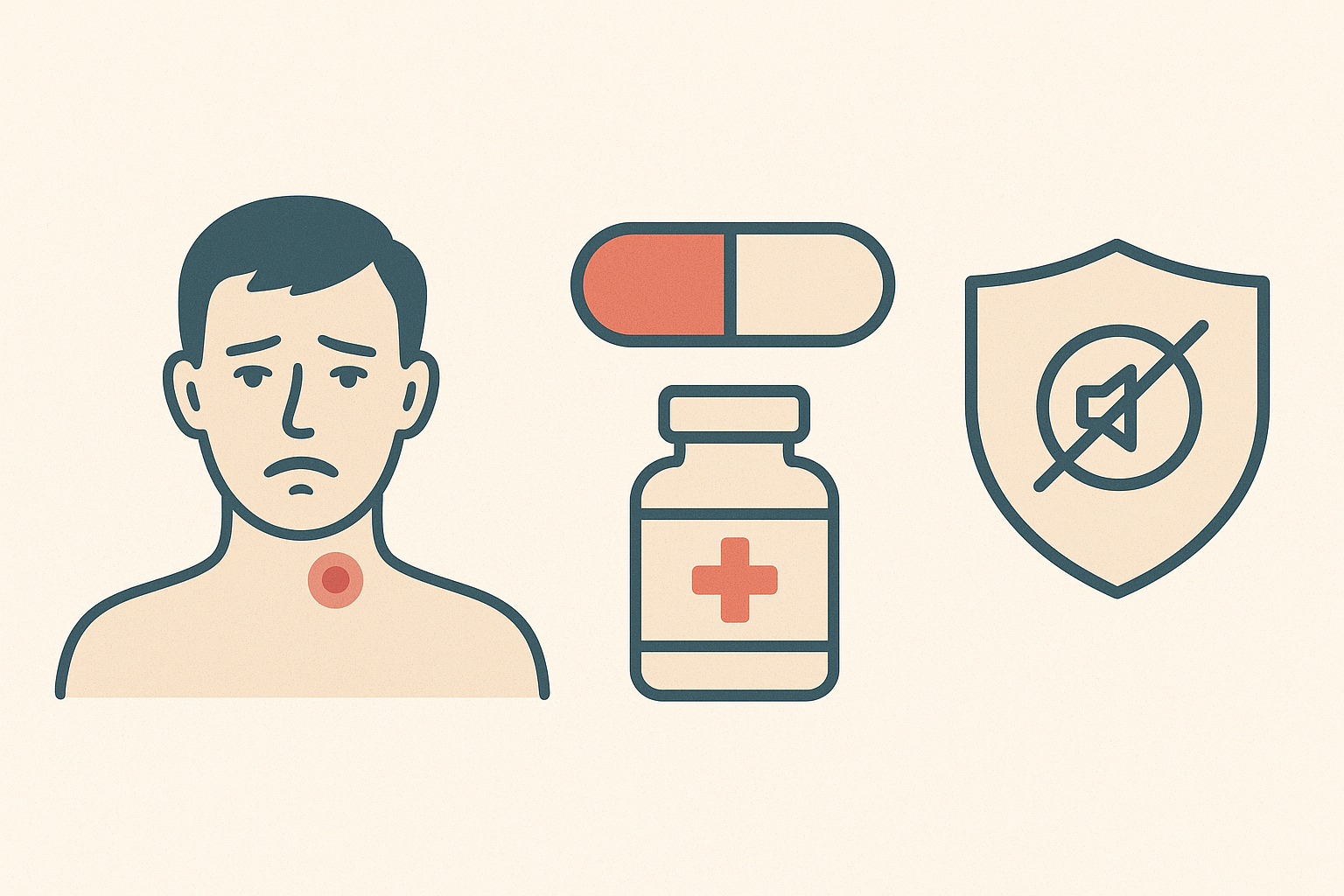
What is syphilis?
Syphilis is an infectious disease transmitted mainly through sexual contact. The cause is the bacterium Treponema pallidum (pale treponema). The disease is dangerous because it can remain hidden for years and, if untreated, leads to severe complications.
Ways of transmission
-
unprotected sexual intercourse (vaginal, anal, oral);
-
mother-to-child transmission during pregnancy (congenital syphilis);
-
blood transmission (transfusions, shared needles).
Stages of syphilis
-
Primary syphilis – a hard sore (chancre) appears.
-
Secondary syphilis – rashes, fever, swollen lymph nodes.
-
Latent syphilis – no symptoms, but infection persists.
-
Tertiary syphilis – damage to heart, nervous system, and organs.
Symptoms
-
ulcer on genitals or in the mouth;
-
skin rashes;
-
patchy hair loss;
-
fatigue, fever;
-
organ damage in late stages.
Diagnosis and treatment
Diagnosis: blood tests (RW, RPR, ELISA).
Treatment: penicillin antibiotics, or alternatives if allergic. Always under a doctor’s supervision.
Prevention
-
using condoms;
-
avoiding casual sex;
-
regular medical check-ups;
-
pregnancy testing.
Conclusion
Syphilis is dangerous but curable. Early diagnosis and treatment are key to preventing complications and protecting public health.





